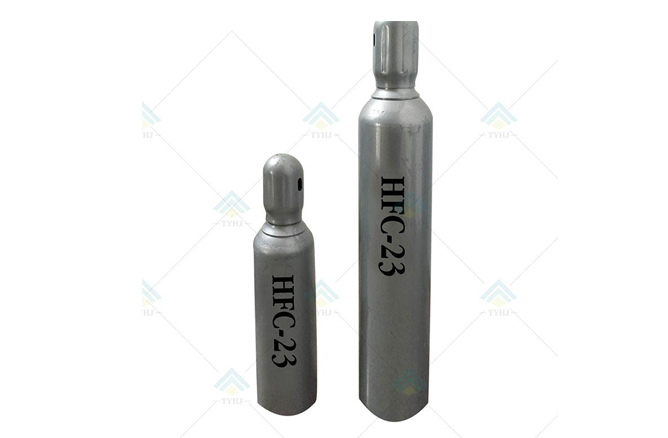How Do I Choose the Right Refrigerant Gas?
Typical refrigerant gases include fluorocarbons, which are compounds of carbon and fluorine. They were mainly developed as refrigerant gases for use in refrigerators and air conditioners. There is a wide range of fluorocarbons, such as CFCs, HCFCs and HFCs, with different chemical structures and compositions.
In addition to fluorocarbons, other refrigerant gases include ammonia, carbon dioxide and propane. The purpose of this article is to analyse the different factors that must be considered when selecting the type of refrigerant gas for commercial refrigeration equipment, taking into account the temperature range of the chambers in which we want to operate.
Factors to consider when choosing a refrigerant gas.
The price of the refrigerant is in question. In the case of R404A, the price has increased sevenfold during 2017 and is currently over 120 euros/kg.
GWP (Global Warming Potential). It is interesting to note that this index is as low as possible because the current Spanish legislation contemplates a tax on all gases with a GWP > 150. If the gas has a GWP > 150, it will pay a tax proportional to the following GWP of the gas concerned (tax = 0.015 x GWP), which can reach very high values (for R404A: 0.015 x 3921.6 = 58.82 €/kg).
Trifluoromethane R23 CHF3
The European F-Gas regulation on the ban of fluorinated gases. It establishes a calendar of phased reductions and a gradual ban on the use of current refrigerant gases. There is a range of alternative HFC blends to R404A on the market, such as R407A, R407F, R442, etc. The only advantage of these refrigerant blends is that they have a GWP of approximately 2000 compared to 3921 for R404A, but they all have dangerously high emission temperatures that can affect their use in low temperature applications if proper precautions are not taken.
Efficiency and application limits: We must choose an efficient refrigerant with an evaporating pressure above atmospheric pressure under operating conditions (thus preventing the circuit from working in a vacuum) and within the operating limits of the compressor. On the other hand, the saturation pressure under condensing conditions must have a moderate value which is within the limits of the compressor and does not exceed the maximum permissible pressure of the refrigerant circuit or its components.
Recommendations for selecting the refrigerant gas according to the equipment
Low temperature: chamber temperatures between -25 and -15 °C.
Small and compact equipment: the most suitable refrigerant is currently R290.
Other compact and semi-compact equipment: R452A or R449A can be chosen, but we believe that the latter is of more interest because of its lower GWP.
Medium temperature: Chamber temperatures between -5 and +10 °C.
Low power compact units: Although we can choose R134a, the most suitable refrigerant is R290.
Other compact and semi-compact units: We can choose between R452A, R449A, R134a or R513A, but the two we find most interesting are R449A and R134a.
High temperatures: Chamber temperatures between +9 and +18 °C. The refrigerants with the best high temperature operating characteristics compared to the above are R134a and R513A, as they can operate at condensing temperatures above 70 °C.



评论
发表评论